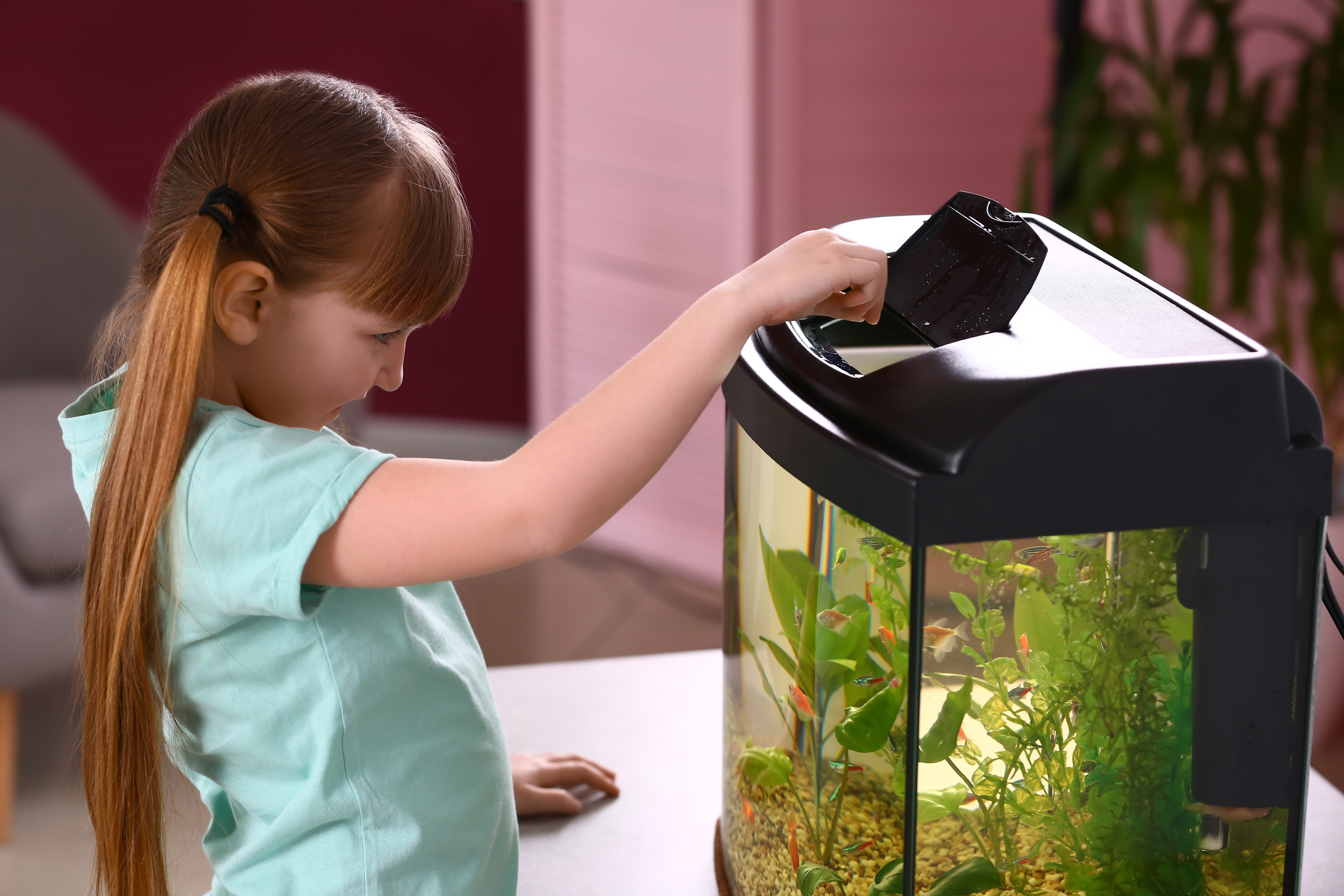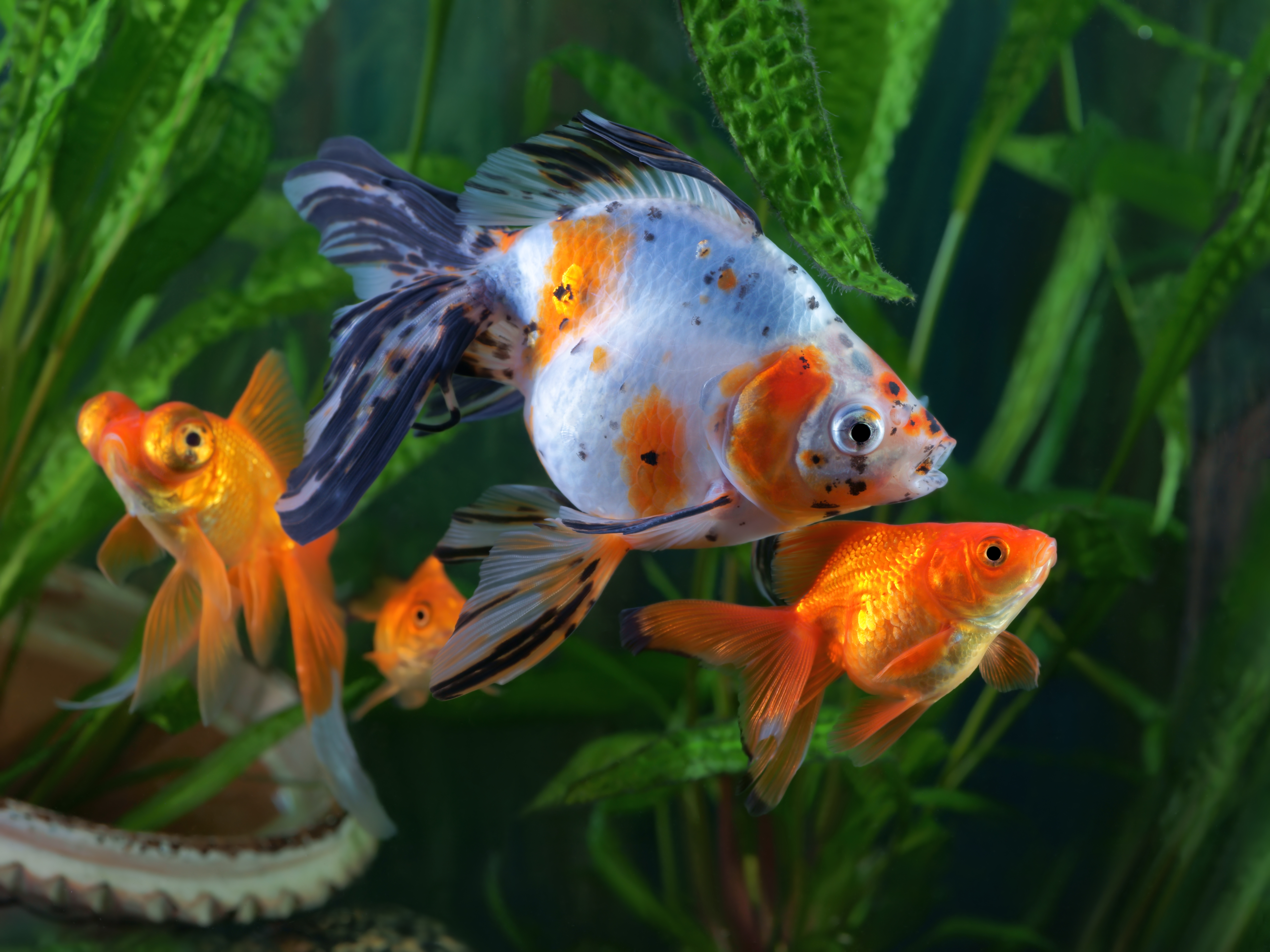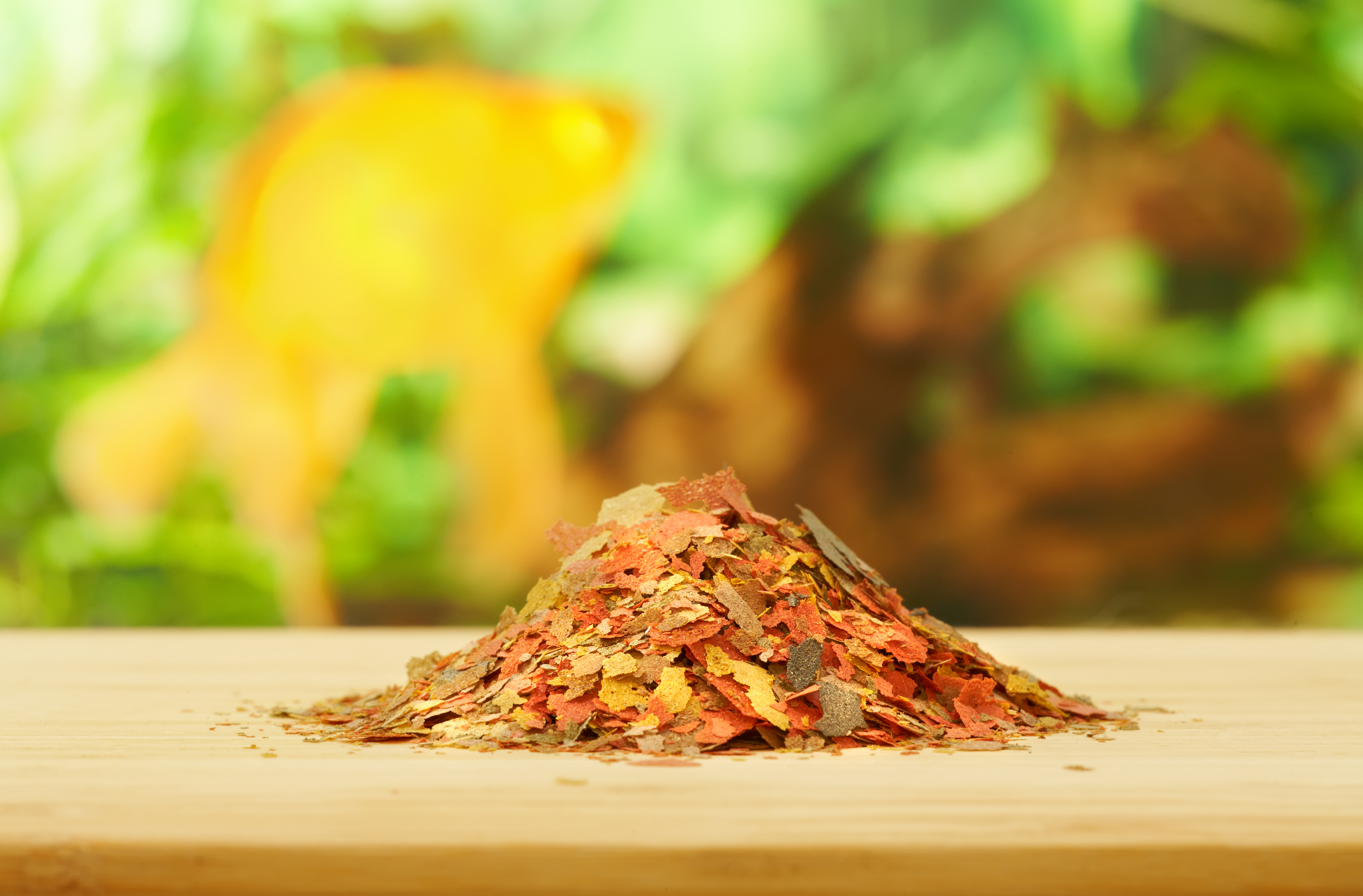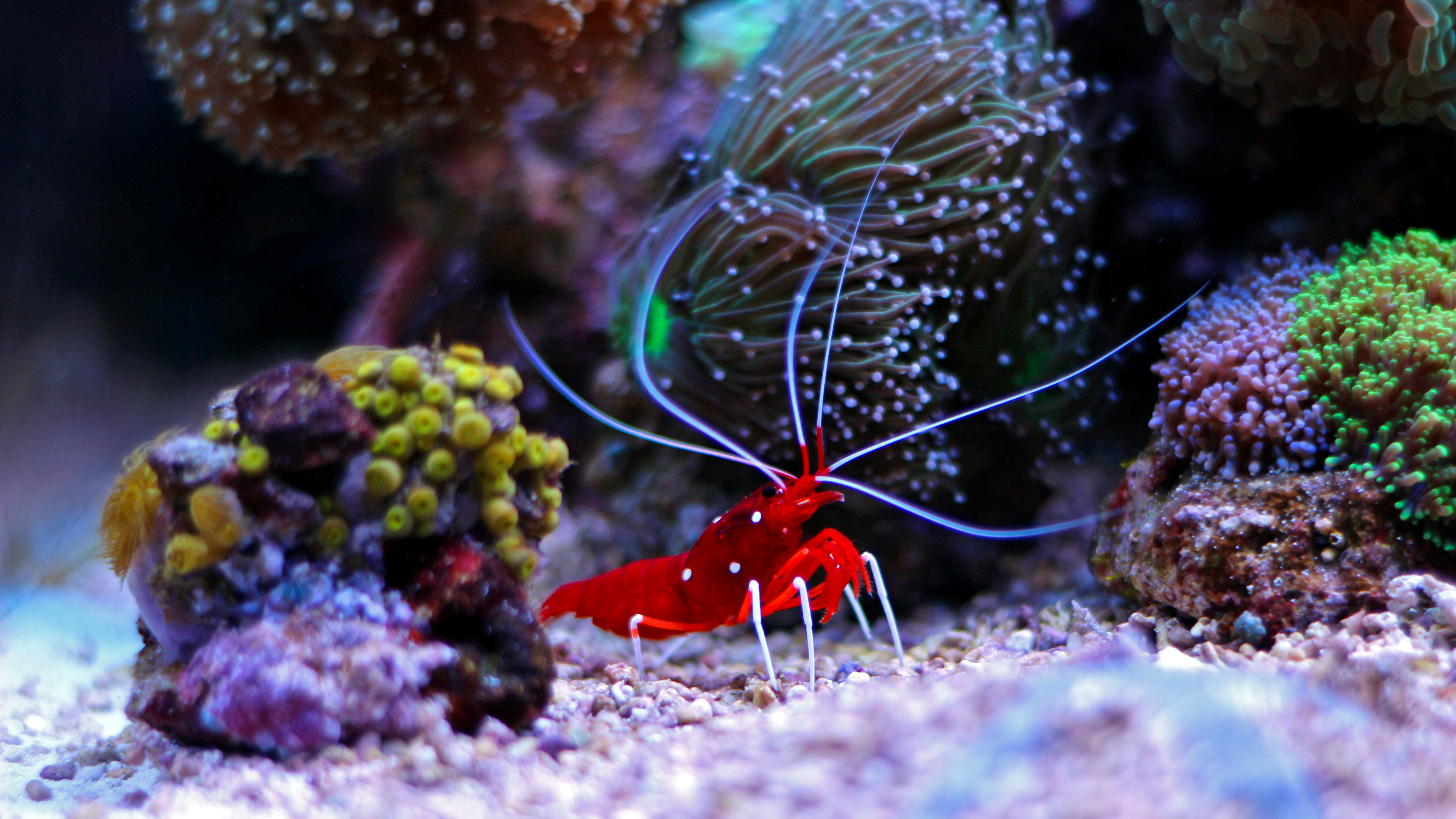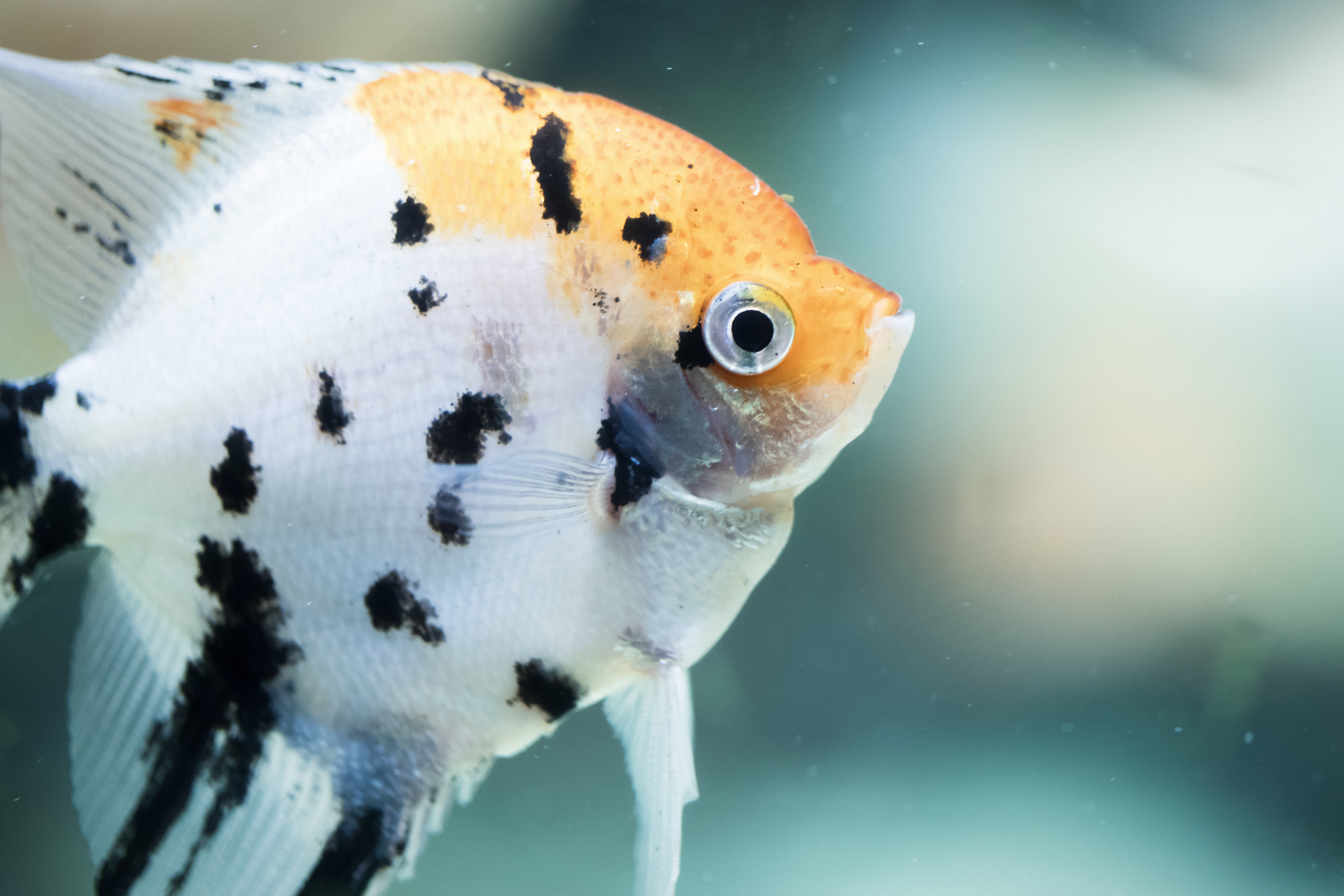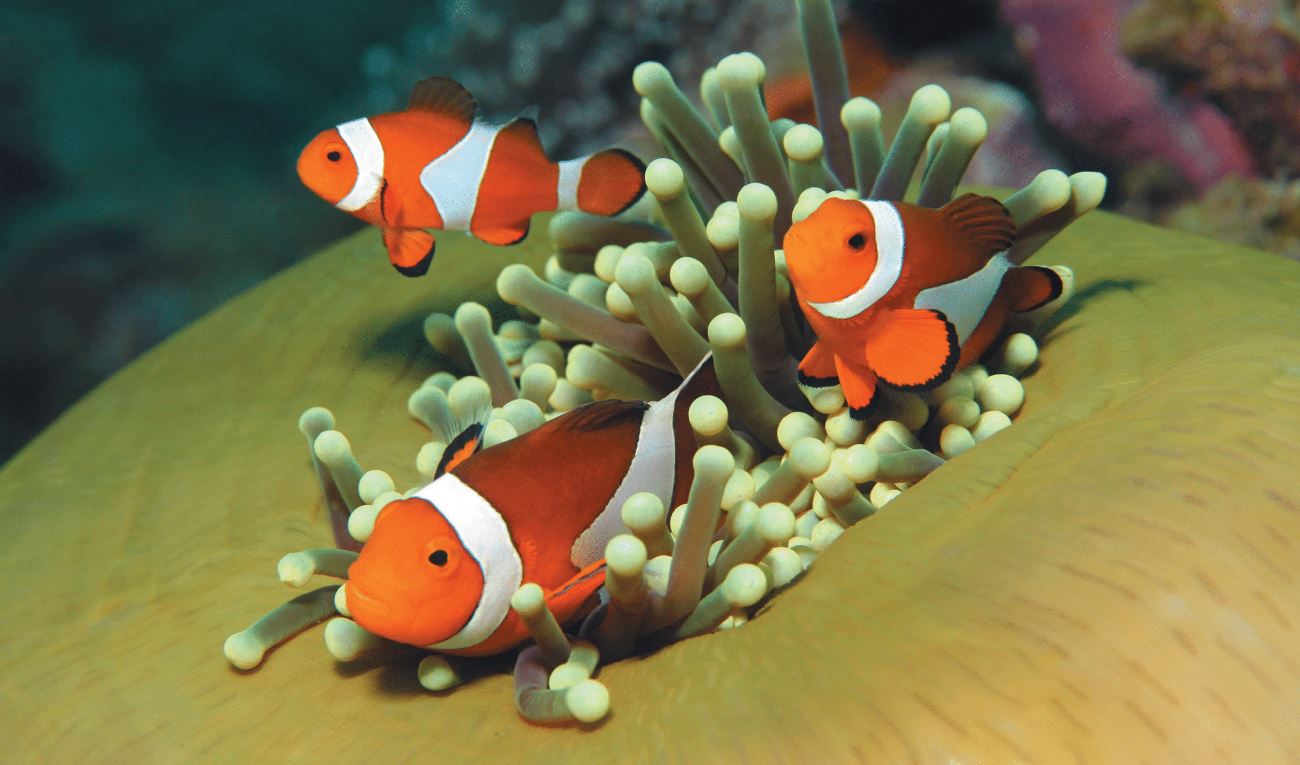Lovely Aquatic Livestock
Karen M. Alley //October 25, 2017//
For those customers who are always on the lookout for something new, challenging and different, independent retailers have a unique advantage. The ability to stock specialty equipment and new types of livestock, combined with personal service and customer education, makes stores ripe for differentiation. And one way to do that is to expand beyond fish into some of the more fascinating creatures of home aquariums today: jellyfish and seahorses.
Diversify with Jellies
“Jellyfish represent a new challenge to the hobbyist, as there hasn’t been a new animal on the aquatic scene since the introduction of coral fragging,” said Nancy Sowinski, owner of Sunset Marine Labs. “But more than that, they are beautiful, graceful creatures that are relaxing and soothing to observe, watch and enjoy.”
One of the more popular jellyfish available for retail sale is the moon jellyfish, in part because it is relatively easy to care for, which makes it good for people just starting out with jellyfish. With many suppliers offering tank-raised moon jellyfish, there is always a good amount available. Also this big, clear species looks good in the aquarium’s lighting, making them fun to watch.
Moon jellyfish may be the type most commonly found in pet stores, but they’re not the only ones available for home aquariums. As interest in the category grows, so does the diversity offered by suppliers. A few of the options available include:
Upside down jellyfish: This species doesn’t need to be suspended, it will do just fine sitting on the sand. Segrest offers different sizes in both tank-raised and wild-caught options.
Colored blubber jellyfish: Sourced from overseas by Segrest, this species has a velum strong enough to swim on its own.
Atlantic sea nettles: One of the species bred by Jellyfish Warehouse, this exoticlooking jellyfish comes in a wide variety of colors.
Expect to see more varieties of jellyfish available for retail sale in the U.S. as breeders continue to work with new species.
Travis Brandwood, owner of the Jellyfish Warehouse, is currently working on a pair of species to complement each other in the aquarium: flame jellyfish and ice jellyfish.
“These two are special because they not only can be kept together, but their colors—one bright red and the other blue-green—complement each other,” Brandwood said.
As soon as these jellyfish are sustainable in Brandwood’s warehouse, he’ll be offering them to retailers.
Jellyfish Waves
While most suppliers provide types of jellyfish that are relatively easy to keep, these creatures have earned their reputation of being challenging. For one, they are a species-only type of creature, meaning they don’t do well in tanks with other animals. That, coupled with the fact that jellyfish require a constant flow of water, means that aquariums designed specifically for jellyfish are the preferred home habitat. For many years circular aquariums were popular for jellyfish. They used a Kreisel flow system that kept the water circulating around the tank, while providing enough support in the middle for suspension.
“That system is fine, but it has its limits,” Sowinski said. “You’re stuck with jellyfish going around like socks in a dryer.”
Sunset Marine Labs has developed a rectangular tank with its Eon brand using a square flow design.
“This allows jellyfish to bell naturally in any direction they choose,” Sowinski said.
Cubic Aquarium systems also offers a rectangular option with its Pulse 80, 23-gallon tank or its Pulse 160, 46-gallon tank. Jellyfish Art also has a cylindrical habitat available for jellyfish.
“Our top-down design allows for easy access and care,” said Joe Turner, general manager of Jellyfish Art.
New types of food also help make caring for jellyfish easier on hobbyists. Jellyfish Art’s dry Jelly Food has the ability to stay neutrally buoyant in the aquarium.
“[Jelly Food] is important for filter feeders as they won’t seek out food that has sunk to the bottom of the tank,” Turner said. “This allows better nutrition for the fish as well as minimizing food waste.”
Jellyfish Warehouse also offers a dry food, Jellyfuel, that is high in protein and fats specialized to the jellyfish diet, and Sunset Marine Labs offers a frozen formula as an alternative to hatching baby brine shrimp in the aquarium.
To help entice more retailers into the jellyfish market, many suppliers offer special programs to make setting up a display easier. Sunset Marine Labs offers a drop-ship option for jellyfish to customers, to cut down on the need for stocking a lot in-store.
“We realize retailers already have a store full of animals and might be hesitant to add more stock that needs care and keeping,” Sowinski said.
Through Jellyfish Art, retailers can get a free display unit with livestock.
“We want to give store owners the ability to have first-hand experience with jellyfish,” Turner said.
Spotlight on Seahorses
While jellyfish are seeing a rise in popularity, seahorses are also creating a niche for themselves in the aquarium market. Thanks in part to the growing trend of keeping nano tanks, these peaceful little creatures are becoming sought-after in the market.
“I have seen steady growth in the seahorse category as a whole, but I have really noticed the tank-raised aspect taking off ,” said Alan Luken, marine quality and project overseer at Segrest Farms. “It used to be some species were hard to come by, but tank-raised supplies have helped boost numbers available and helped prices come down, which has helped more people get into seahorses.”
In addition to a greater number of seahorses available, there are also more colors and varieties from which to choose. Segrest recently paired up with a new vendor that will supply more Reidii hybrids, which are known for their bright orange and red colors.
“We’re also excited to have the Kuda, which was very popular but has been
hard to come by in the wild,” Luken said. “Adding it to our tank-raised options is huge.”
Seahorses have been known to be finicky eaters, which can make them challenging to keep. But two things have helped cut down on the challenges. One, tank-raised seahorses are fed a frozen diet from the beginning, which means they don’t have to adjust to a new type of food in captivity.
And second, the growth of the frozen food category, with more options available, helps home hobbyists gain access to the type of food seahorses eat. Jellyfish and seahorses have always been a fascinating aspect of public aquariums. But finicky eating habits of seahorses and delicate composition of jellyfish requiring constantly flowing water and very specific water quality have made these species challenging for home hobbyists. Now, thanks to new innovations and products, some of those challenges have been lessened, and it’s time for retailers to get on board with off ering a greater variety of options to customers looking for something unique.






